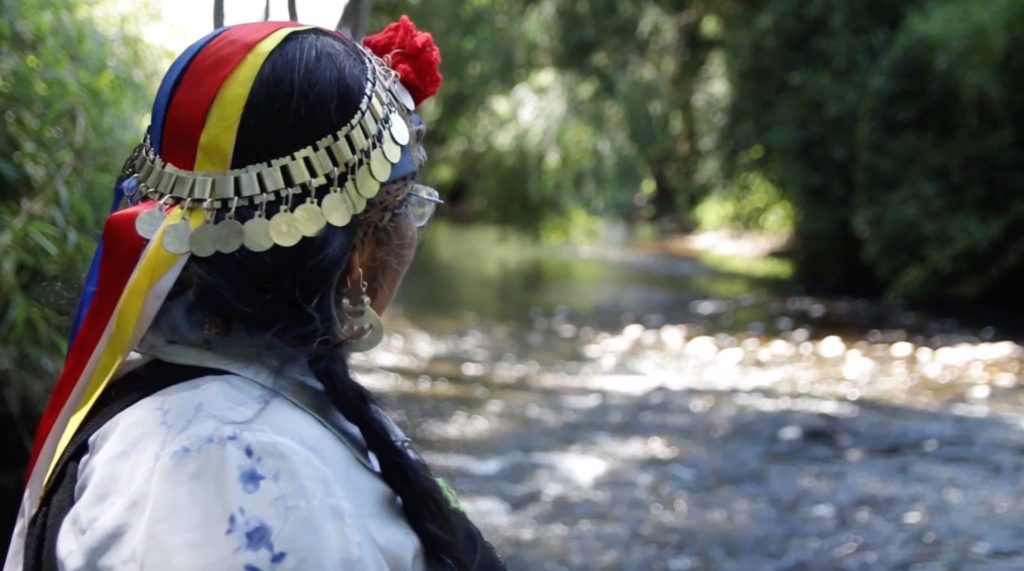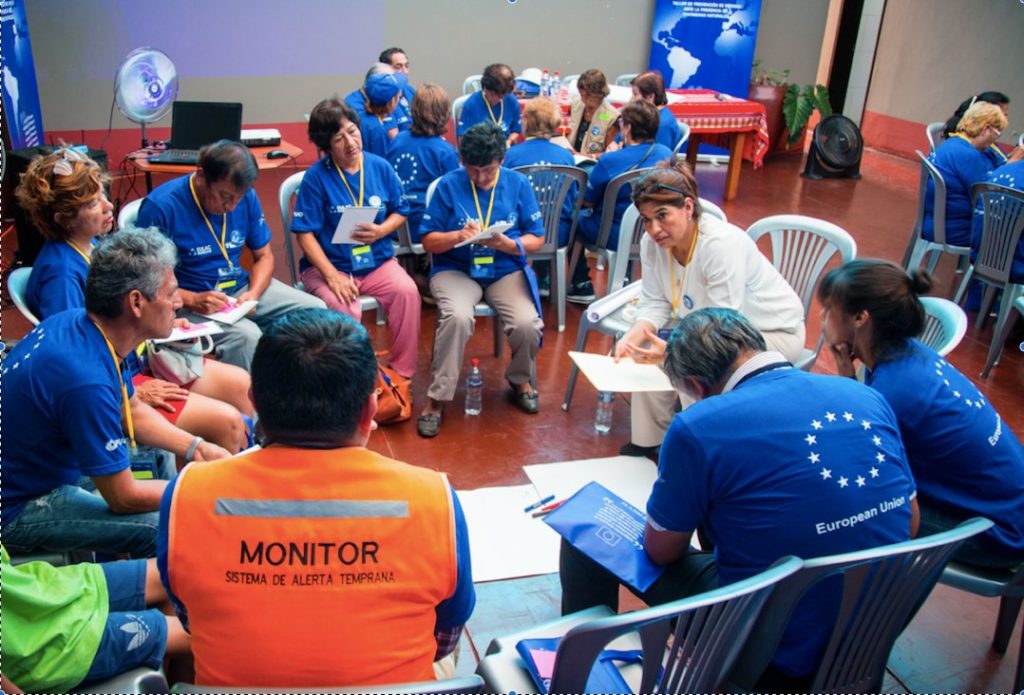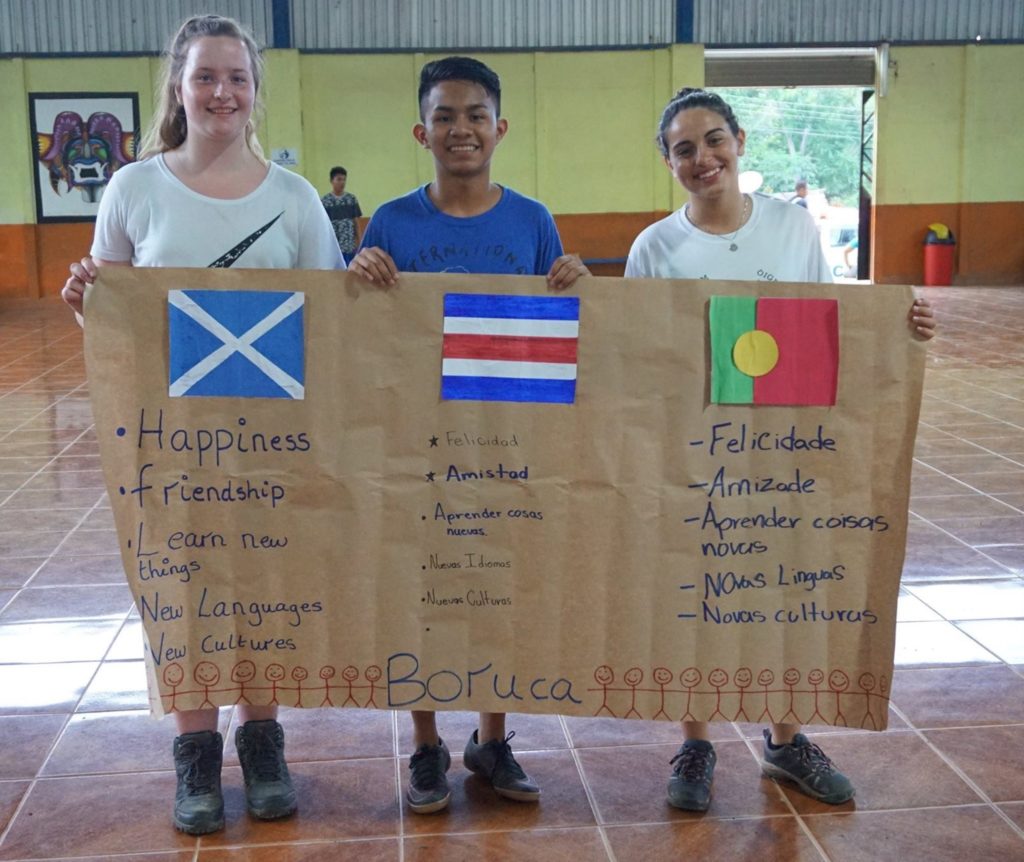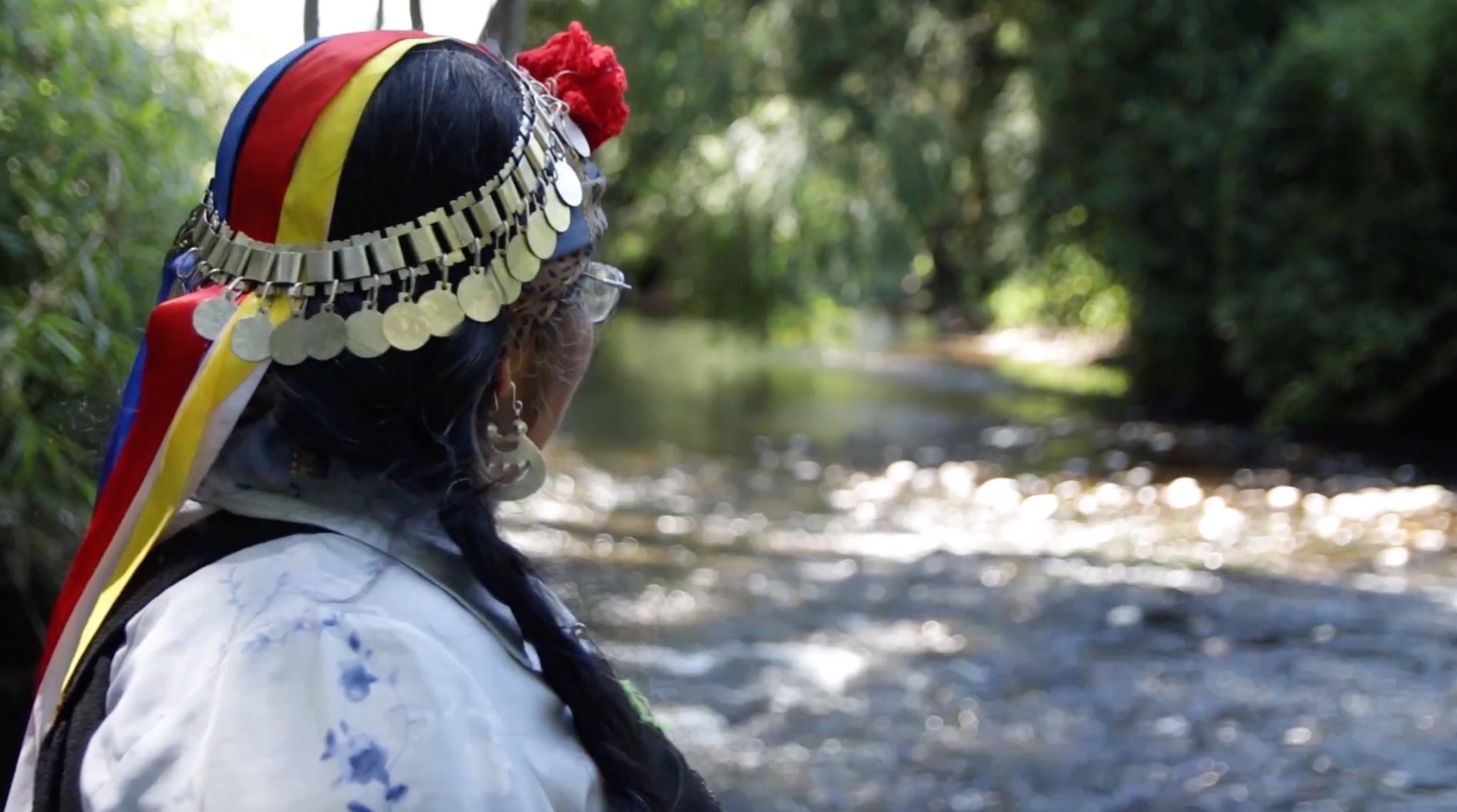Community museums often serve a vital purpose in local development and community empowerment, but this importance is rarely reflected in resource allocation. Local museums often lack the financial security of larger institutions, and have been hit hardest by the unprecedented events of the last two years as a result. Many have found that the best solution is to band together, and the international collaborative research project EU-LAC Museums organised by Jamie Brown and Karen Brown of the School of Art History has helped to facilitate this on a global scale.

EU-LAC Museums has brought together eight partners from across Scotland, Portugal, Spain, Peru, Chile, Costa Rica and Barbados, alongside the International Council of Museums. Together, the group has challenged conventional wisdom about what a museum should be, resulting in a revised definition that accounts for the needs of communities across the world in the 21st century. Firstly, the museum must be driven by the needs of its community. They bring aspects of community heritage that have been forgotten or neglected out of obscurity and use them to connect populations with their culture. In doing so, they encourage the formation and preservation of identity – a crucial foundation to peaceful, resilient, and sustainable societies.
This investigation revealed just how crucial community museums are to social development. Together, peer-reviewed publications and innovative methodologies have informed subsequent research-led policy recommendations, which promote greater understanding of the importance of dialogue and cooperation between regions, notably between Europe, Latin America and the Caribbean.

The group’s innovations have resulted in policy changes to the definition of community museums within international bodies of substantial reach. In 2018, the European Commission (EC) celebrated EU-LAC Museums as a ‘Success Story’ for strengthening links with Latin America through museums. In 2019, their research findings led directly to the adoption of one of the five new ICOM (International Council of Museums) Resolutions, entitled ‘Museums, Communities, Sustainability’, that will determine ICOM’s actions and priorities over the next three years.
Since September 2016, EU-LAC Museums have hosted over 125 workshops that focus on the importance of intangible, ‘living’ heritage. They have reached 31 museum sites involving nearly 30,000 people around the world, including museum professionals, local communities and the wider public. In Peru, 4,000 people participated in a series of workshops that were documented by TV Perú’s show Museos Puertas Abiertas. The sustained outreach of the EU-LAC Museums has very real results, including the establishment of entirely new museums like The Territory Museum of the Moorish Garden in Cortes de Pallas in southern Spain. The team has also shared their research through a series of open access initiatives, the flagship of which is a multi-lingual project web portal featuring the first bi-regional open access database of 101 community museums.

Finally, the EU-LAC Museums team has made considerable efforts to involve the next generation of scholars in their work. A Youth Exchange Programme that ran from 2016-2018, led by Jamie and Karen Brown, has shown how community museums can help foster cultural participation between generations through a focused case study between Scotland and Costa Rica. The Youth Exchange reached 72 young people from Costa Rica, Portugal and Scotland, as well as seven community museums. Participants from remote and marginalised communities joined 42 workshops led by 25 volunteers, including community elders. Through exchanges between young people in Scotland and Costa Rica, the programme highlighted concerns around preserving cultural practices, forming and retaining a cultural identity, and the importance of communication across generational divides to the preservation of heritage. The programme also led to an ongoing collaboration between the University of St Andrews and Costa Rica community museums and the Network of Community Museums of America, coordinated by Jamie and Karen Brown, called ‘Community Crafts and Cultures’. Describing the heritage projects led by St Andrews, an indigenous community elder expressed gratitude to the team for ensuring “the young people and children are immersed and feeling what I do for our culture and the roots will grow, and they won’t fall back and this [community museum] won’t die”.
The EU-LAC Museums project has recently been awarded the European Heritage/Europa Nostra ILUCIDARE special prize for excellence in Heritage-led International Relations for their success in building an international academic community that has been sustained by the creation of “a common language through the identification of a common goal.” Part of their innovative work has involved the digital preservation of priceless cultural artefacts, an aspect led by Open Virtual Worlds based in Computer Science at St Andrews – read more here.

